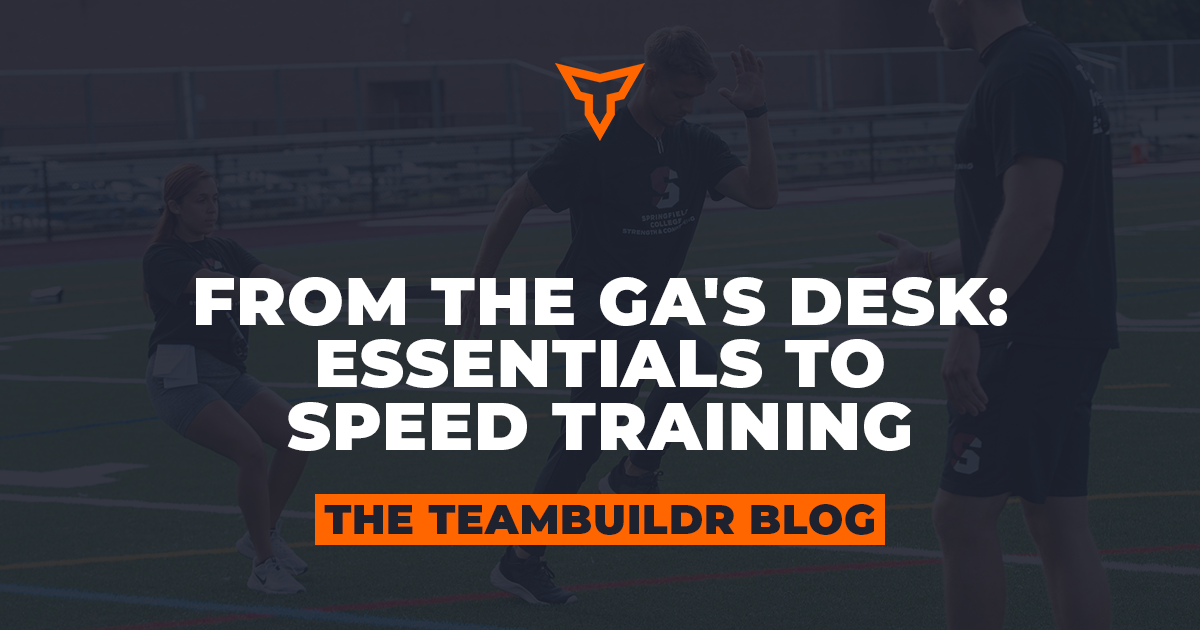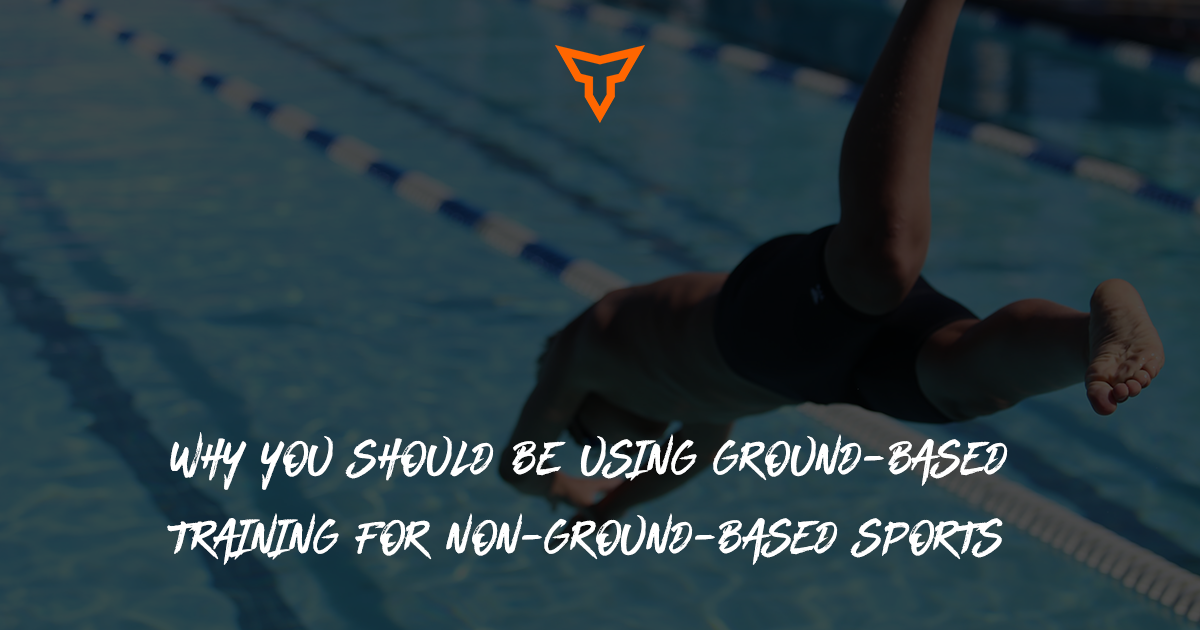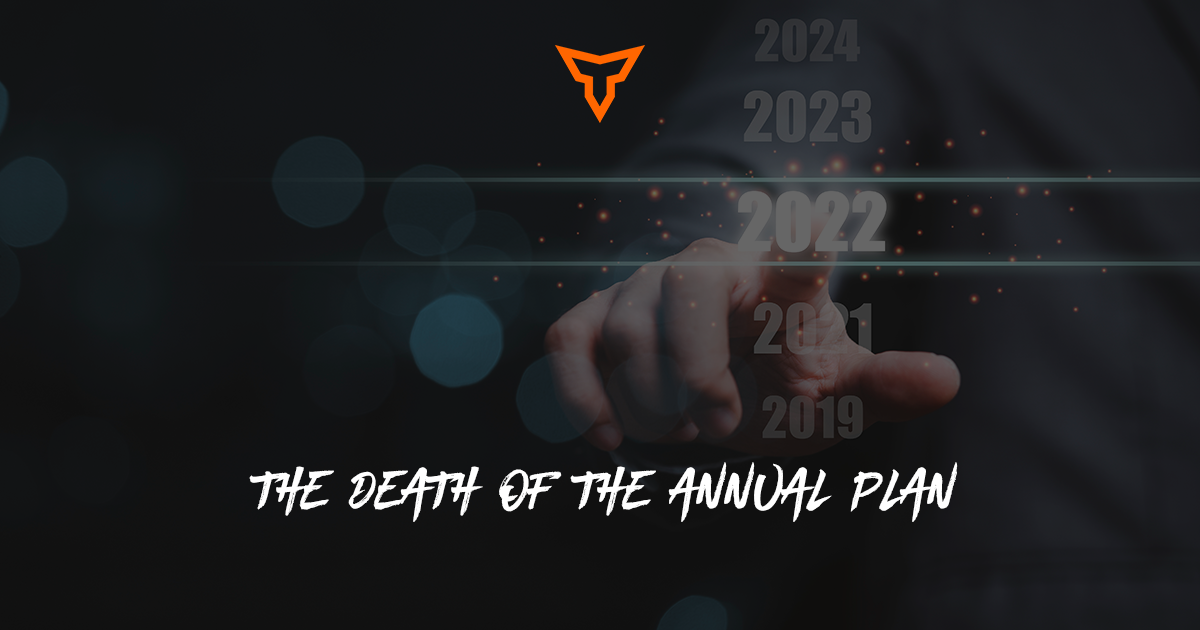Will Artificial Intelligence Take Over Strength Coach Jobs?
I asked Chat GPT to write a speed workout for a high school football athlete. Here is what it came up with:
Warm-up:
- Jogging: Start with 5-10 minutes of light jogging to increase body temperature and blood flow.
- Dynamic Stretching: Perform dynamic stretches targeting the lower body, including leg swings, high knees, butt kicks, walking lunges, and hip circles. Focus on mobilizing the hips, hamstrings, quadriceps, and calves.
Speed and Agility Drills:
- 40-Yard Sprints: Set up a starting line and sprint 40 yards at maximum effort. Rest for 1-2 minutes between each sprint. Aim for 6-8 sets.
- Lateral Cone Drills: Set up a series of cones in a zigzag pattern about 5-10 yards apart. Perform lateral shuffle runs, touching each cone with your hand as you go. Aim for 3-4 sets with 30 seconds of rest between sets.
- T-Drills: Arrange cones in the shape of a T. Sprint forward to the top of the T, shuffle to the left cone, shuffle to the right cone, and finish with a sprint backward. Rest for 30-60 seconds between sets. Aim for 4-5 sets.
- Box Jumps: Find a sturdy box or platform and perform explosive jumps onto the box, focusing on landing softly and immediately springing back up. Perform 3-4 sets of 8-10 reps.
- Pro Agility Drill (5-10-5 Drill): Set up three cones 5 yards apart in a straight line. Start at the middle cone, sprint to the right cone, touch the line, change direction, and sprint to the left cone. Touch the line and sprint back through the middle cone. Aim for 5-6 sets with 30-60 seconds of rest between sets.
Cooldown:
- Slow Jogging: Finish the workout with 5-10 minutes of easy jogging to gradually decrease heart rate and cool down the body.
- Static Stretching: Perform static stretches for the major muscle groups, holding each stretch for 15-30 seconds. Focus on the quadriceps, hamstrings, calves, hip flexors, and groin muscles.
This workout includes a reasonable warm-up and cool-down, and some sound speed and agility drills. Although the workout isn’t perfect, it isn’t terrible considering the circumstances. However, as we know, there are other aspects to coaching than just writing a program, which is why it is unlikely that artificial intelligence (AI) will take over strength and conditioning jobs. Below are the three reasons why AI will not replace strength coaches.
1. Strength Coaches Give Live Feedback & Individualized Coaching
A strength and conditioning coach's primary responsibility is to coach. This includes providing live feedback as an athlete performs an exercise. It also includes modifying exercises on the spot for athletes struggling with an injury or having unexpected pain. If an athlete is properly performing weighted split squats but having knee pain, a coach can quickly offer other exercise modifications such as elevating the back foot. Strength coaches provide guidance tailored towards the athlete’s individual goals and capabilities which is something that is challenging for AI to replicate.
2. Strength Coaches Possess an Understanding of the Athlete’s Unique Situation
When a strength coach designs a program, they first perform a needs analysis which involves evaluating the demands of the sport and an assessment of the athletes. This whole process answers important questions regarding history of injuries, training background, and equipment available to the athlete. While AI can decipher ample amounts of information, it may struggle to interpret the nuances of each athlete and their unique contexts. Imagine a sport coach suddenly tells you to scale back the intensity of the quickly approaching scheduled lift. AI may struggle to adjust rapidly to unforeseen situations.
3. Strength Coaches Build Relationships & Motivate Athletes
Many times, strength coaches become more than just a coach to their athletes. They become mentors, motivators, and advisors. Building relationships with athletes is a key part of coaching. An athlete is more likely to trust you if they know you. Strength coaches also understand the psychological and emotional challenges that athletes encounter. Keeping up with the demands of training for championship season is harder when it falls around finals week. If strength coaches are aware of the stressors of a particular season, they are likely to be more in-tune with the athletes. They notice when athletes are feeling fatigued and stressed which could be a cue to add in extra mobility and breath work. AI cannot reproduce empathy or human connection that coaches offer.
Artificial intelligence is a powerful tool that can assist strength and conditioning coaches in making informed training decisions as it can analyze information, track biometric data, and identify trends. AI can help amplify the coaching process, however, it is improbable that it will replace human connection and contextual understanding that coaches display.
Subscribe to our blog
Subscribe to receive the latest blog posts to your inbox every week.
Related posts

From the GA's Desk: Essentials to Speed Training

Why You Should Be Using Ground-Based Training For Non-Ground-Based Sports

